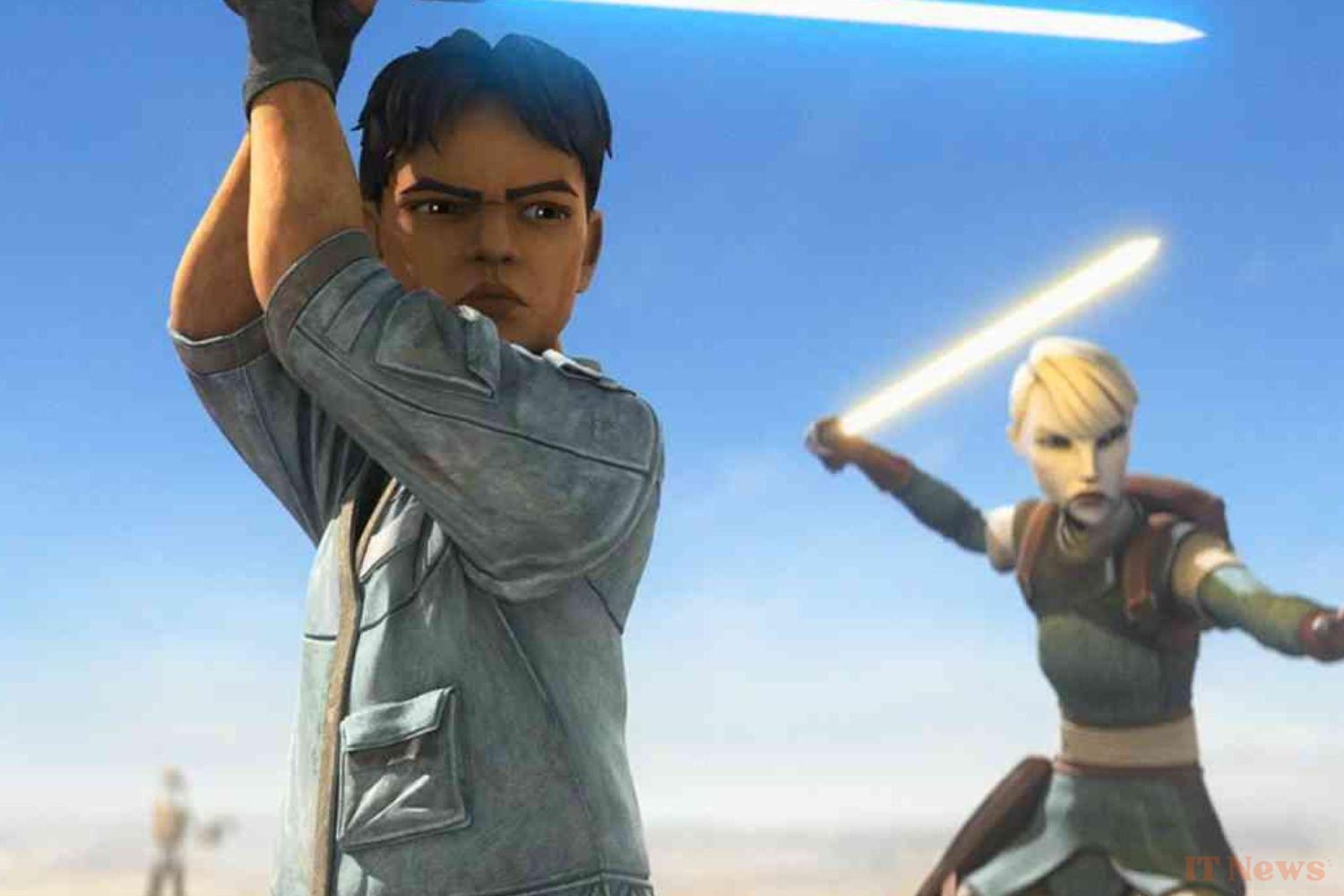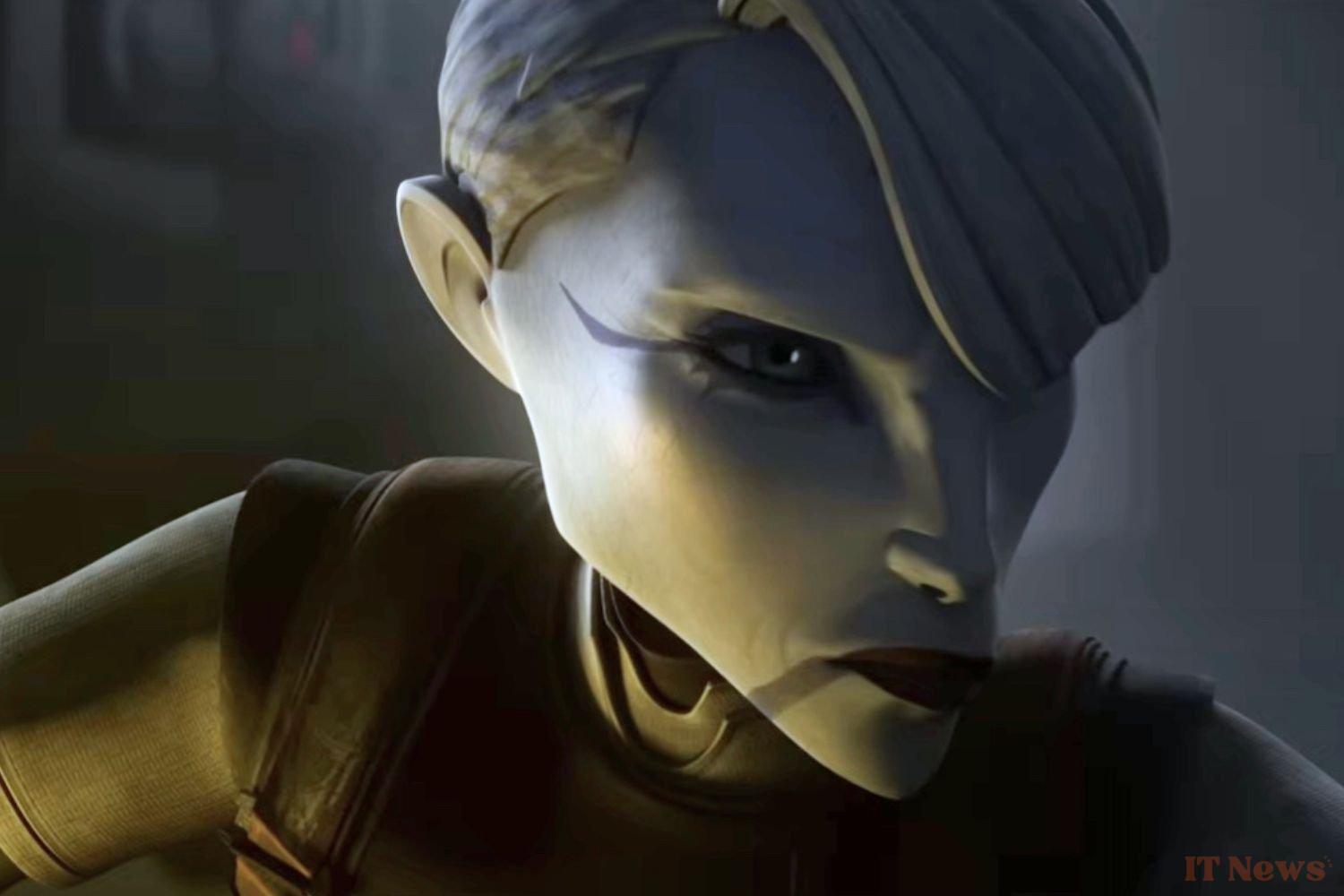As Andor is already approaching the second half of its season and is only six episodes away from saying goodbye, Star Wars fans are going to be treated to a double dose of their favorite universe. May the fourth obliges – the famous “may the fourth be with you” diversion – Disney had to offer them an extra treat with the release of Star Wars: Tales of the Underworld, the third installment of the animated series still supervised by Dave Filoni.
After Tales of the Jedi and Tales of the Empire, this new batch focuses on the world of outlaws, neither good nor bad, whose sides often change depending on who pays the most. There are no major changes to the way the show is presented, namely six episodes of about fifteen minutes each, divided into two distinct parts.
Tales of the Underworld will follow two characters. The first is Asajj Ventress, Count Dooku's chief assassin turned bounty hunter, popularized by the Clone Wars series. Here, she will find a new chance at redemption by escaping alongside an unexpected ally. The second is an equally familiar face, the bounty hunter Cad Bane, also introduced in Clone Wars, but who also appeared in the flesh in The Book of Boba Fett. In the series, he will be confronted with his past and a former friend who has joined the police. And here, from our point of view, are three good reasons to convince you.
1 – An affordable format
This may seem silly since the argument is similar to the two previous series, but it remains, in our opinion, essential to get skeptics interested in Tales of the Underworld: its construction. Although it is a sequel to Tales of the Jedi and Tales of the Empire in its construction, it is absolutely not a sequel in terms of chronology, so you can very well embark on the adventure without having seen the two previous ones. Ideal for those who want to jump on the bandwagon OR who didn't care about the previous stories. We don't judge.
And if we find a little fault with the principle of dividing two stories into three, when we could have fit all of this into two forty-five-minute episodes – but commercialism has its reasons that reason ignores – we must recognize that this favors the sequence of episodes or, on the contrary, the organization of our viewing. It's psychological, it seems easier to swallow fifteen-minute chunks one after the other by saying to yourself "it doesn't last long, I can still watch one," or to tell yourself that you only have fifteen minutes in front of you, so why not take advantage of it to watch one. With Tales of, the marketing strategy aimed at filling the Disney+ catalog AND the user experience go well together.
2 – Two iconic characters
In our opinion, the concern of Tales of the Empire was to focus on two protagonists whose aura was very, very far from the heroes of the previous series. It can't be said that Star Wars: Tales of the Underwold reaches the level of the Jedi, but it cannot be denied that in the lore, Ventress and Bane have a very special place.
Ventress was one of the main characters of Clone Wars and her story underwent many upheavals, going from antagonist to a much grayer area before choosing the ultimate sacrifice. Like Ahsoka among the Jedi, Ventress has undoubtedly become one of the major figures in the universe, without having appeared in any film.
For his part, Bane became immediately iconic thanks to his strong style, very much referenced to Sergio Leone's westerns. In Star Wars, bounty hunters have always been popular with fans, and Boba Fett's popularity is no exception. Bane stands out from the latter with a darker character and unparalleled blaster skills. A sort of Clint Eastwood gone wrong.
3 – Because there is no good or bad situation
Star Wars: Tales of the Underwold intends, as always, to navigate the unknown corners left by the main productions in order to fill the Wikipedia entries for the saga. We now know more about both Ventress's present and Bane's past. Useful? Yes and no. No, because for the fan who is a devotee of the great history of the license, these pieces recounted here are not of capital importance.
However, for our part, we strongly appreciate that the show highlights all these decisions that can change a life and the repercussions on others. Nothing is written, and the life of Bane or Ventress is dictated by a succession of choices, good or bad, which will lead to a shift. All while emphasizing the influence of the other on these decisions. Tales of the Underworld doesn't care about writing the actions of the two protagonists in capital letters in the franchise; it simply wants to tell us that there is no good or bad situation. It summarizes life first and foremost through encounters. And it's quite curious to think that chance encounters forge a destiny...




0 Comments